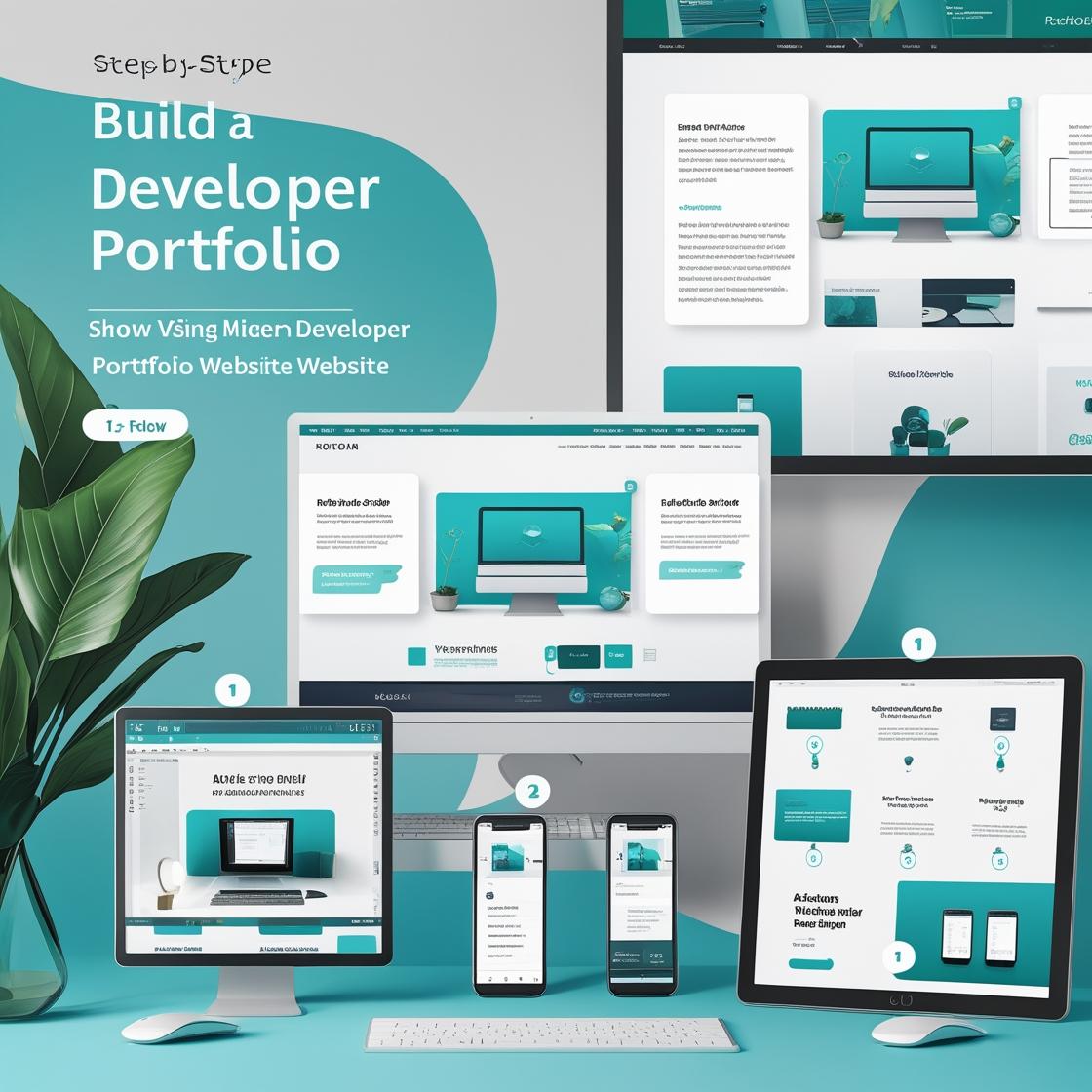Learn how to build a professional portfolio website with this step-by-step project guide for developers. Start showcasing your work online today!

In today’s digital age, having an online presence isn’t optional—it’s essential. For developers, a portfolio website is more than just a personal project; it’s a powerful tool to showcase skills, highlight accomplishments, and open doors to new opportunities. Whether you’re a beginner or a seasoned professional in web development, creating your own portfolio website is a rewarding project that pays dividends throughout your career.
A portfolio website is your digital handshake. It introduces you to potential employers, clients, and collaborators before you even speak to them. It gives context to your resume and adds credibility to your coding abilities.
A well-designed site serves multiple purposes:
Creating a portfolio website can seem daunting, but breaking it down into manageable steps makes the process efficient and enjoyable. Here’s a comprehensive guide to building one from scratch.
Start by answering the following:
Your answers will shape every decision, from layout to content. Keep your audience’s expectations in mind throughout the project.
Next, sketch out a basic structure. A typical developer portfolio website includes:
Plan how you want to showcase each element to maximize engagement and clarity.
Select tools and frameworks that align with your skill level and goals:
Stick to technologies you’re comfortable with, but don’t be afraid to challenge yourself with new tools.
Design matters more than you might think. A clean, modern layout makes your site inviting and easy to navigate. Focus on:
Use design platforms like Figma or Adobe XD to prototype your layout before you begin coding.
Once your design is ready, dive into the code. Create the basic layout using HTML, style it with CSS, and add interactivity with JavaScript. Here are some actionable tips:
<section>, <article>, <footer>) for clarityIf you’re using React, leverage components and state management to build dynamic sections like project galleries or blogs.
Now, fill your portfolio with meaningful content:
High-quality content makes your portfolio website more engaging and informative.
Ensure your site loads quickly and ranks well on search engines:
This improves user experience and helps your site appear in relevant search results.
Add interactive elements to stand out:
Personal touches, like a unique logo or custom favicon, also enhance your brand identity.
Before launching, test your site thoroughly:
User experience consistency is critical in maintaining a professional online presence.
Once everything looks and works as intended, it’s time to go live. Use platforms like:
Share your website on:
Encourage feedback and keep your site updated regularly with new projects or blog posts.
Here are some advanced tips to elevate your project:
Avoid these pitfalls that can weaken your portfolio’s impact:
Keep the user experience smooth, intuitive, and engaging.
Your portfolio website should evolve as your career progresses. Schedule regular updates to:
This ongoing effort keeps your online presence vibrant and relevant.
Building a portfolio website is more than a side project—it’s a career asset. For developers, it demonstrates not just technical ability but also initiative, creativity, and attention to detail. By following a step-by-step approach, applying solid web development practices, and focusing on design and content, you can create a compelling showcase that reflects your unique strengths.
Take ownership of your online presence. Invest time in coding and design, keep learning, and let your portfolio website speak volumes about who you are as a developer.
Find Scholarships Offered by Countries Worldwide for Your Academic Goals.
Chose where you want to study, and we will let you know with more updates.